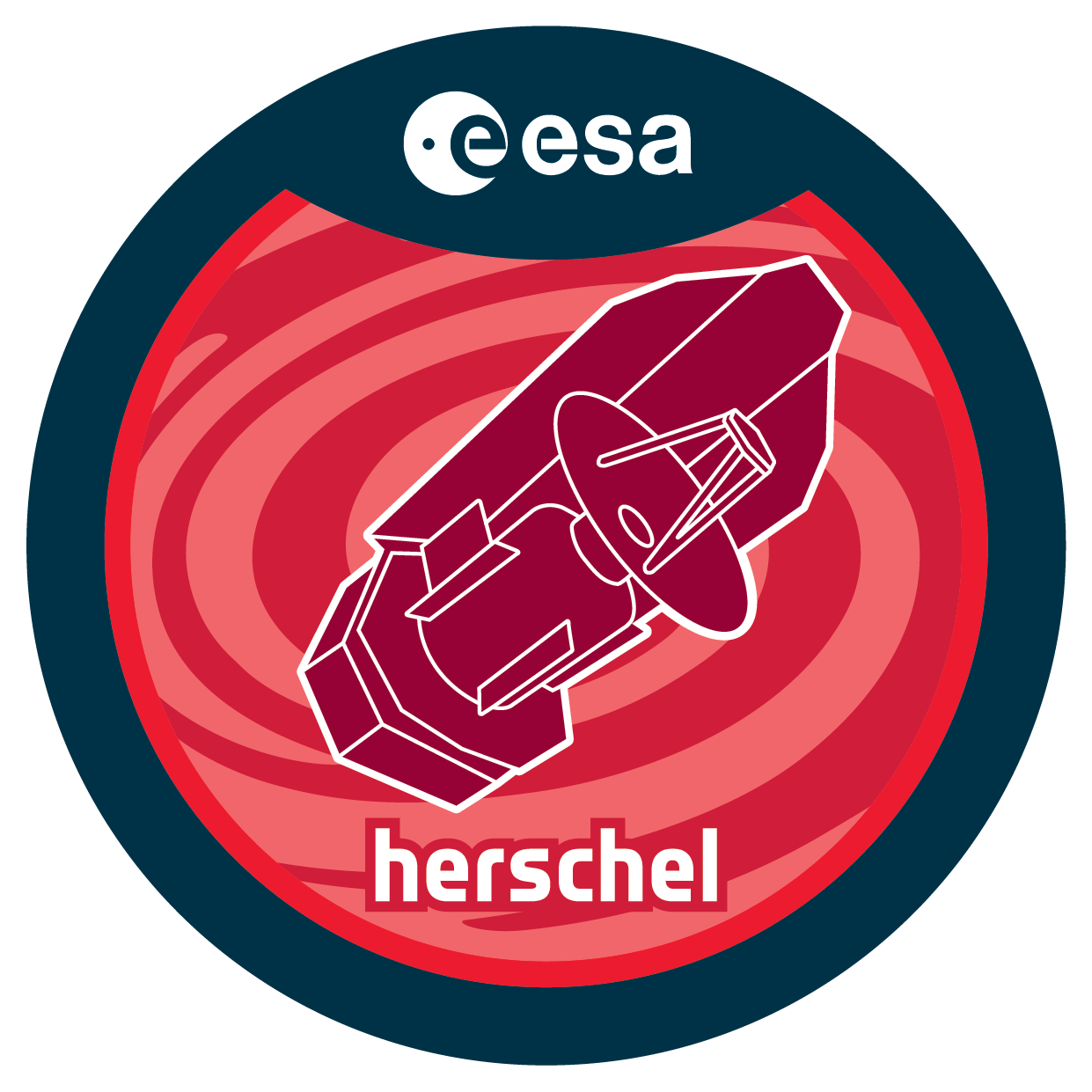

| Name | OT2_gstacey_6 |
| Title | PACS Oxygen Spectroscopy of High Velocity CII Outflows in PG1206+459 |
| URL | http://archives.esac.esa.int/hsa/whsa-tap-server/data?retrieval_type=OBSERVATION&observation_id=1342247454&instrument_name=PACS&product_level=LEVEL0&compress=true |
| DOI | https://doi.org/10.5270/esa-4swft1b |
| Author | stacey, g. |
| Description | We have discovered extreme velocity CII 158 um line emission from the z = 1.2 hyper-luminous QSO PG 1206+459. The CII line emission is concentrated in twin lobes of emission roughly centered on the CO emission but displaced +/- 1500 km/s with respect to the CO line core. The mass traced in the CII line is quite large - about 5E9 M(solar) in each lobe or 13% of the total molecular gas mass in the host galaxy. We interpret this symmetric CII velocity structure as an outflow, likely driven by the AGN. The velocities of the CII lobes are larger than the escape velocity, so much of this material may leave the galaxy quenching both star formation and AGN activity, and transforming it into a red-and-dead passive galaxy. The CO line profile also shows a broad and blueshifted component that may represent an additional molecular component to the outflow, although a merger origin is also possible. In OT1 we were awarded 2.9 hours of PACS spectroscopy (not yet scheduled) to observe the OI 63 um, OIII 52 and 88 um, and OIV 26 um lines from the blue component of the line. Here we ask for an additional 10.2 hours of PACS time to widen our spectral scan to enclose the newly discovered (March 2011) red lobe and significantly improve our detection limit over the entire velocity range. These observations will be used to constrain the physical conditions, ionization structure, total mass, and radiative environment of the outflowing material using extinction-free probes. Our CII observations of PG1206 represent the first time that massive outflows have been detected in the CII line - a well established tracer of photodissociated molecular gas. The proposed Herschel observations will lay the groundwork for future studies of molecular outflows using CII and other far-IR lines inthe early universe that will soon be possible with ALMA. |
| Publication | |
| Instrument | PACS_PacsRangeSpec_point |
| Temporal Coverage | 2012-06-26T16:18:07Z/2012-07-09T00:23:55Z |
| Version | SPG v14.2.0 |
| Mission Description | Herschel was launched on 14 May 2009! It is the fourth cornerstone mission in the ESA science programme. With a 3.5 m Cassegrain telescope it is the largest space telescope ever launched. It is performing photometry and spectroscopy in approximately the 55-671 µm range, bridging the gap between earlier infrared space missions and groundbased facilities. |
| Creator Contact | https://support.cosmos.esa.int/h®erschel/ |
| Date Published | 2013-01-08T18:40:37Z |
| Last Update | 2025-01-24 |
| Keywords | Herschel, HSC, submillimetre, far-infrared, HIFI, PACS, SPIRE |
| Publisher And Registrant | European Space Agency |
| Credit Guidelines | European Space Agency, stacey et al., 2013, 'PACS Oxygen Spectroscopy of High Velocity [CII] Outflows in PG1206+459', SPG v14.2.0, European Space Agency, https://doi.org/10.5270/esa-4swft1b |